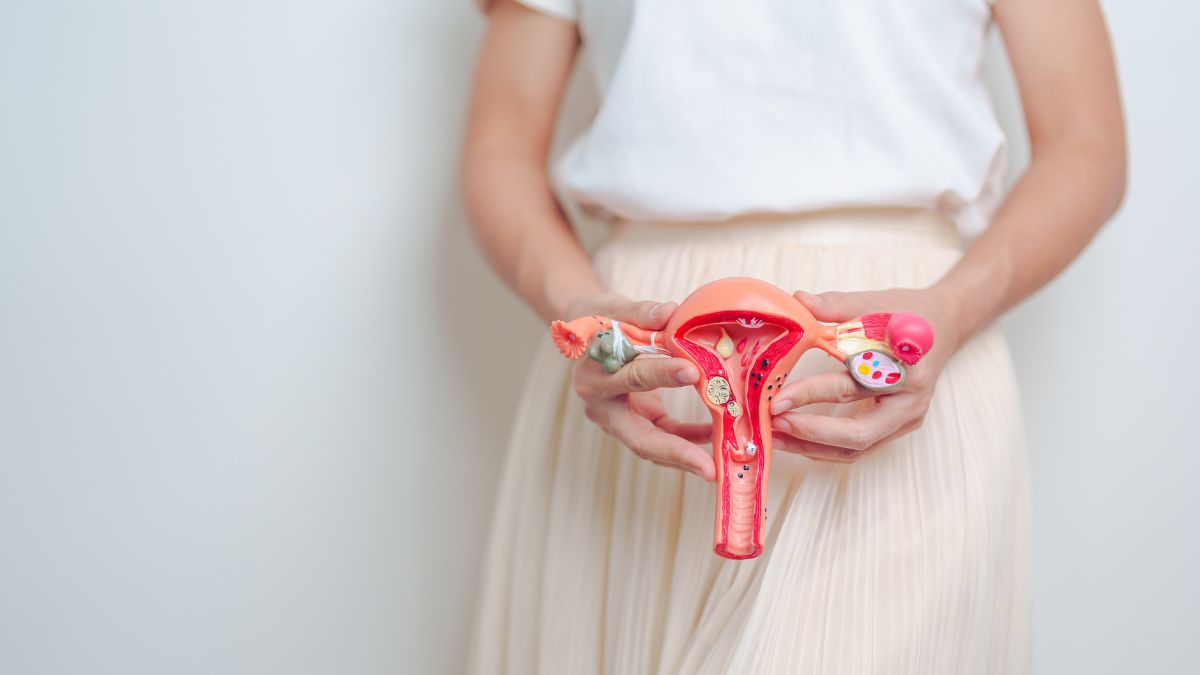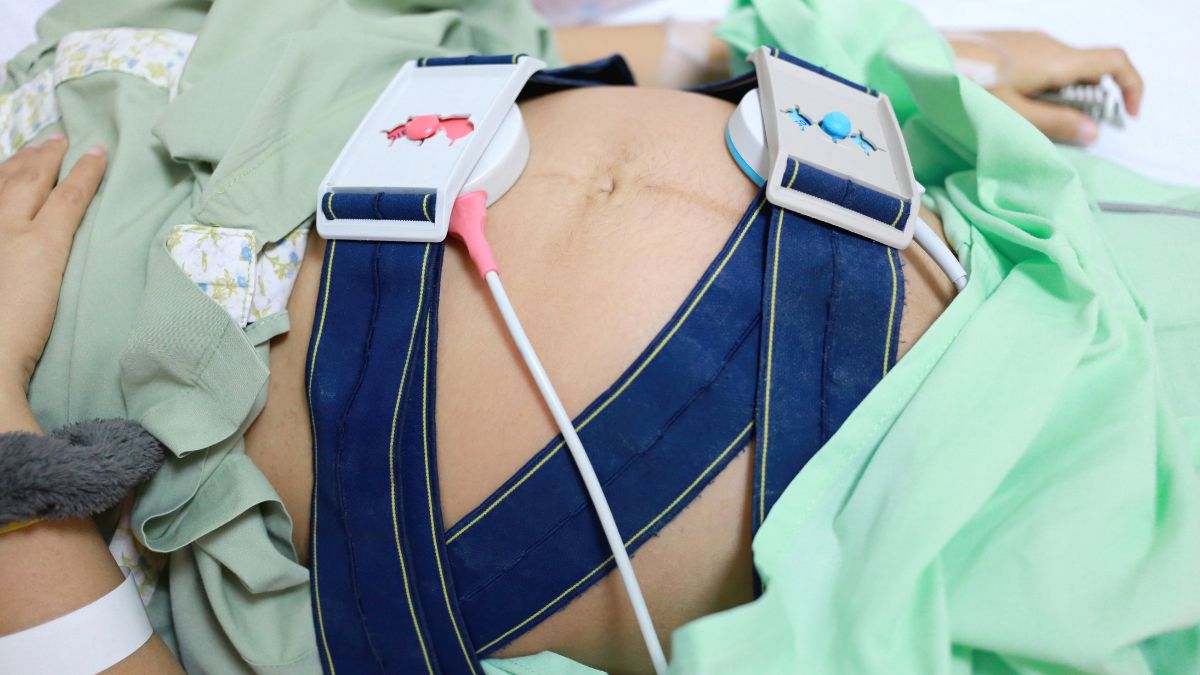As a new mom, your postpartum recovery is a crucial time for your body to heal and adjust.
During this transitional period, many moms turn to postpartum belts as a way to support their abdominal muscles, provide pain relief, and aid in healing.
However, one question that often arises is whether wearing a postpartum belt while sleeping is safe.
In this comprehensive guide, we will explore the topic of wearing a postpartum belt while sleeping!
The Postpartum Period
Before we discuss the safety of wearing a postpartum belt during sleep, let’s first understand the postpartum period and the changes your body goes through after giving birth.
The postpartum period, also known as the fourth trimester, is a time of physical and emotional recovery that typically lasts six to eight weeks.
During pregnancy, your body undergoes significant changes to accommodate your baby’s growth.
After childbirth, your body gradually returns to its pre-pregnancy state, but it takes time for your muscles and organs to readjust.
The postpartum period involves various physical changes, such as uterus contraction, hormonal fluctuations, breast engorgement, and potential abdominal muscle separation, known as diastasis recti.
Benefits of Wearing a Postpartum Belt
Wearing a postpartum belt, sometimes referred to as a belly band or belly wrap, can offer several benefits during the postpartum period.
Let’s explore these benefits:
Support and Stability
One of the primary benefits of wearing a postpartum belt, especially while sleeping, is the added support and stability it provides to your abdominal muscles.
After giving birth, your abdominal muscles may be weakened and stretched, leading to discomfort and instability.
A postpartum belt can help alleviate these issues by providing gentle compression and support to your abdominal area.
Pain Relief
Childbirth can cause soreness and pain in the abdominal and lower back regions.
Wearing a postpartum belt can help alleviate these discomforts by providing gentle compression, reducing muscle soreness, and providing relief.
Posture Improvement
During the postpartum period, hormonal changes and weakened abdominal muscles can affect your posture.
Wearing a postpartum belt can help promote proper alignment and improve posture by supporting your back and abdominal muscles.
Diastasis Recti Management
Diastasis recti, the separation of the abdominal muscles during pregnancy, is a common occurrence that can persist postpartum.
Wearing a postpartum belt can aid in managing and healing diastasis recti by gently supporting and aligning the abdominal muscles, promoting their natural realignment.
Swelling Reduction
Swelling, also known as edema, is a common postpartum symptom.
Wearing a postpartum maternity bandage can help reduce swelling by providing gentle compression to the abdominal area, promoting improved circulation and fluid drainage.
Precautions for Wearing a Postpartum Belt While Sleeping
While wearing a postpartum belt during sleep can provide support and comfort, it is essential to take certain precautions to ensure your safety and well-being.
Here are some key precautions to keep in mind:
- Wait for the Right Time: Waiting at least 48 hours after delivery before wearing a postpartum belt is crucial. This allows your body time to heal and reduces the risk of discomfort or complications.
- Gradually Increase Wear Time: Wear the postpartum belt for shorter periods, gradually increasing the duration as your body adjusts. This approach allows your muscles to adapt and prevents over-reliance on the belt for support.
- Avoid Exercising or Sleeping with the Belt: It is important to remove the postpartum belt before engaging in physical activities or going to sleep. Exercising or sleeping with the belt can restrict circulation and potentially lead to discomfort or other complications.
- Choose the Right Fit and Material: Ensure that the postpartum belt you choose fits properly and is made of breathable, comfortable materials. Avoid belts with excessive Velcro or irritating components that could cause skin irritation or discomfort.
- Do Not Wear the Belt Too Tight: It is crucial to wear the postpartum belt snugly but not excessively tight. Wearing it too tight can restrict blood flow and cause discomfort. Ensure that you can breathe comfortably while wearing the belt.
- Listen to Your Body: Pay attention to any discomfort or changes in sensation while wearing the postpartum belt. If you experience pain, numbness, or tingling, immediately remove the belt and consult your healthcare provider.
Remember, every individual’s postpartum recovery journey is unique, and what works for one person may not work for another.
It is always best to consult your healthcare provider before incorporating a postpartum belt into your routine, especially if you have any underlying medical conditions.
Best Practices for Wearing a Postpartum Belt at Night
If you choose to wear a postpartum belt during sleep, here are some best practices to ensure your safety and comfort:
1. Find the Right Position
When wearing a postpartum belt at night, find a comfortable sleeping position that does not put excessive pressure on your abdomen.
Consider sleeping on your side with a pillow between your legs for added support and alignment.
2. Opt for Breathable Fabrics
Choose a postpartum belt made from breathable fabrics, such as cotton or moisture-wicking materials, to promote airflow and prevent excessive sweating or discomfort during sleep.
3. Adjust the Tightness
Ensure that the postpartum belt is snug but not overly tight.
Adjust the tightness according to your comfort level, ensuring you can breathe comfortably and move without restrictions.
4. Remove the Belt if Uncomfortable
If you find the postpartum belt uncomfortable or experience any discomfort during the night, remove it and try alternative methods of support, such as using pillows or adopting a more elevated sleeping position.
5. Monitor Skin Sensitivity
Regularly check your skin for any signs of irritation or redness caused by the postpartum belt.
If you notice skin issues, discontinue use and consult your healthcare provider.
Remember, the primary purpose of wearing a postpartum belt during sleep is to provide support and comfort.
If you find that wearing the belt at night is causing more discomfort or hindering your sleep, it may be best to remove it and explore other support options that better suit your needs.
Wrapping it Up
While postpartum belts can provide extra support and compression to the abdominal area, they may not be suitable for everyone, particularly those with certain medical conditions or discomfort when sleeping with the belt on.
Remember, each woman’s postpartum journey is unique, and what works for one may not work for another.
As with any postpartum recovery tool, listening to your body and prioritizing comfort and rest is crucial. Ensure that the postpartum belt is made of breathable and hypoallergenic materials and follow the manufacturer’s guidelines for usage.
The information provided in this article is for informational purposes only and is not intended to be a substitute for professional medical advice, diagnosis, or treatment. Always seek the advice of your physician or other qualified healthcare provider with any questions you may have regarding a medical condition. Do not disregard or delay seeking professional medical advice because of something you read in this article.








